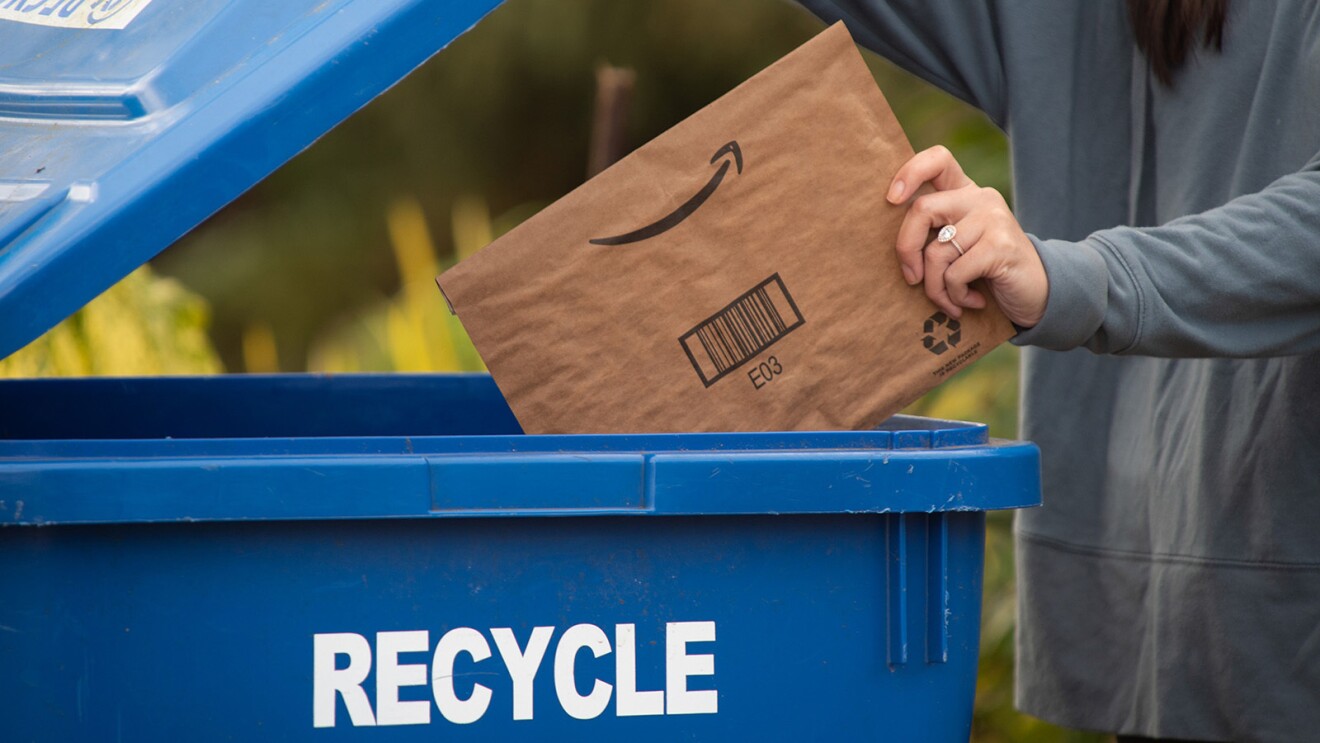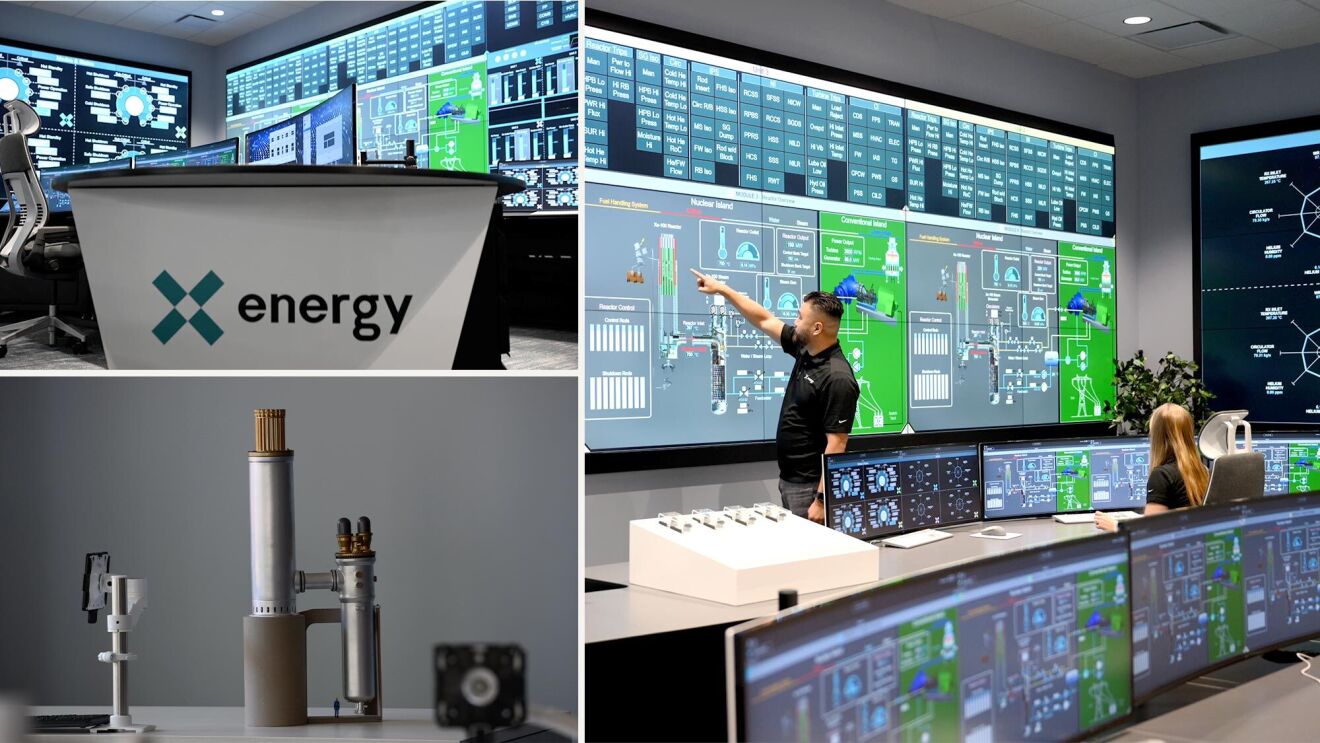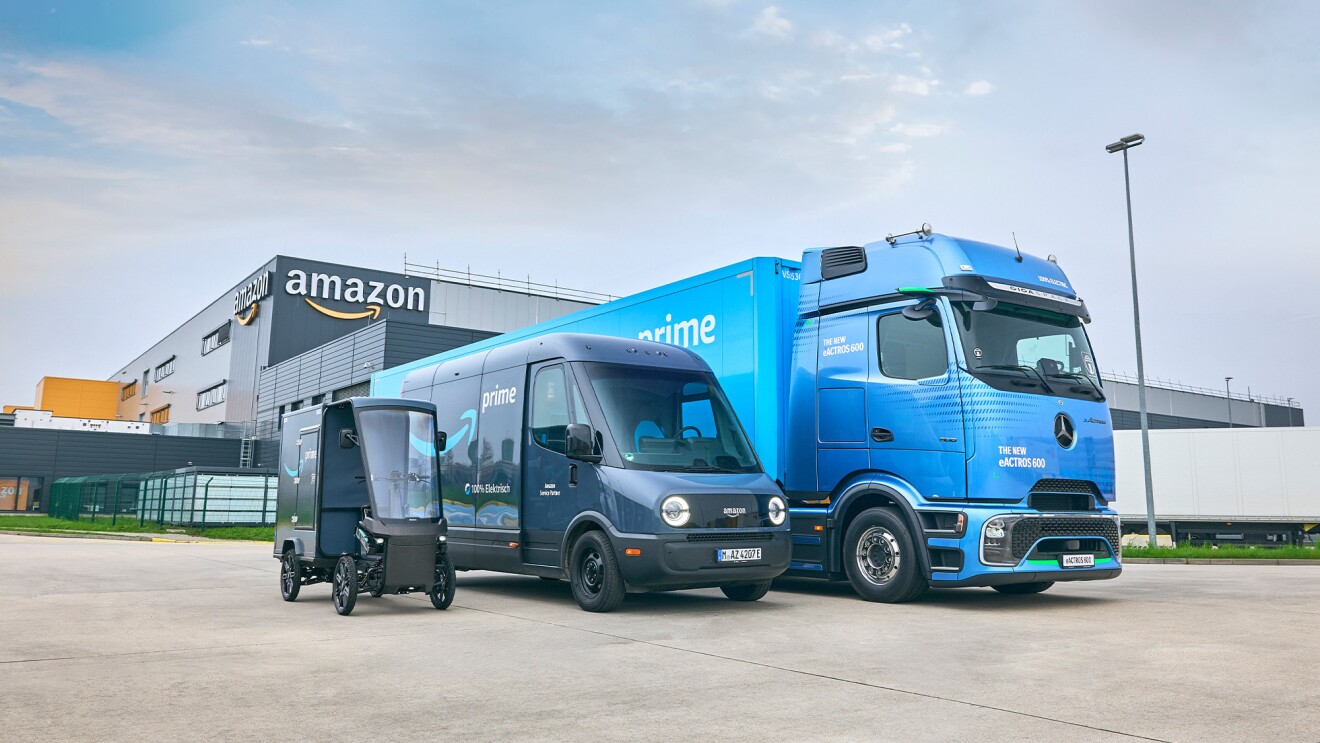- Farmers: More revenue sources and ecological benefits to their land, such as healthier soil and biodiversity, and an increase in land-use efficiency.
- Renewable Energy Developers: Unlock land availability challenges when trying to site new solar and wind projects.
- Local Communities: The projects can generate jobs, tax revenue, and new sources of energy to local communities.
Investments in agrivoltaics & dual land-use projects
Page overview
Delta Wind Farm

In Tunica County, Mississippi, Amazon has invested in the Delta Wind project, the state’s first utility-scale wind farm. Developed by AES, the 184 MW project includes 41 wind turbines on 14,000 acres of farmland. Abbott Myers, a third-generation farmer, owns some of that land. He was looking to diversify his farm’s income and turned to renewable energy as a way to do so.
This is a dual-use operation, where the agricultural land will continue to be used for farming rice, soybeans, corn, and wheat under and around the turbines. Not only is the project providing the Myers family additional revenue, it’s also expected to bring tens of millions of dollars in consistent tax revenue to the county and school district.
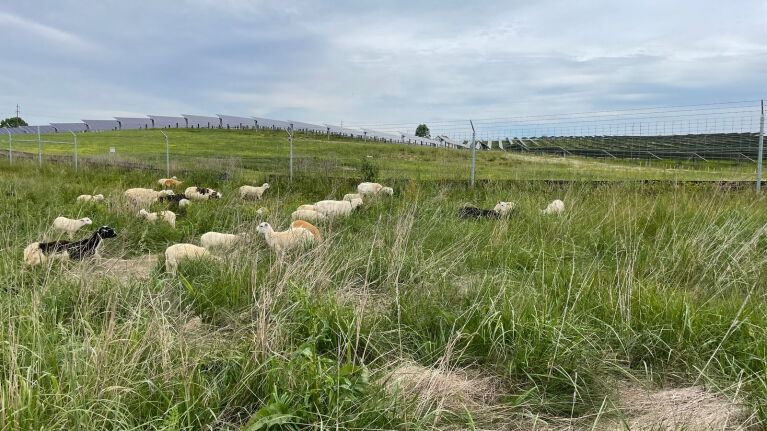
Turkey Creek, a 50 MW solar farm enabled by Amazon, is supporting next-generation sheep farmers in Garrard County, Kentucky. As the state’s first utility-scale solar project, Turkey Creek is also setting the standard for future projects in Kentucky. The project’s developer and long-term owner and operator, Silicon Ranch, is partnering with Daniel Bell, a local sheep rancher and owner of Hazelbrook Farm, to have his sheep graze under the solar panels. The sheep “mow” the grass underneath the solar panels, which helps aerate the soil and prevents vegetation from interfering with energy production.
Silicon Ranch’s Regenerative Energy® approach to land stewardship incorporates adaptive managed livestock grazing and other regenerative land management practices to restore soil health, promote biodiversity, and encourage positive ecological outcomes on the land that it owns. Using sheep instead of mowers also helps cut down fossil fuel emissions and reduces potential damage to solar panels from kicked-up debris.
Daniel Bell has always dreamed of turning his part-time job as a farmer into a full-time job, and wanted his children to have the opportunity to farm as well. Through this collaboration, he’s worked toward tripling the size of his flock to nearly 1,000 sheep and turn his farm into a full-time, multigenerational operation by creating a year-round shepherding job for his son. The family also sells their sheep to a local meat distributor, which is a supplier for Whole Foods Market stores, a grocery chain owned by Amazon.

In Madison County, Ohio, we’ve enabled one of the first utility-scale solar projects in the U.S. that is intentionally integrating forage crop production—or crops used as feedstock—between rows of solar panels. Madison Fields Solar Project is a 180 MW project developed and jointly owned by Savion and funds managed by InfraRed Capital Partners with Shell serving as the project’s asset manager.
Through a research partnership with The Ohio State University, Savion is facilitating a study to determine how to scale farming alongside utility-sized solar projects. This includes testing a variety of farming methods to grow crops among the more than 400,000 solar panels.

Hay and alfalfa are currently growing and can be harvested for several years. Soybeans and other trial cover crops have also been planted and will help increase organic matter in the soil. These legumes convert nitrogen gas from the air for the plants to use, reducing the need for nitrogen fertilizer. In addition, these crops take nitrous oxide and carbon dioxide out of the air and will help to increase biodiversity, prevent erosion, and control weeds and pests.
Once harvested, the crops will be donated locally or sold, with revenues reinvested into the research. Madison Fields also aims to serve as a resource for the solar industry, providing the knowledge to others hoping to scale this work.
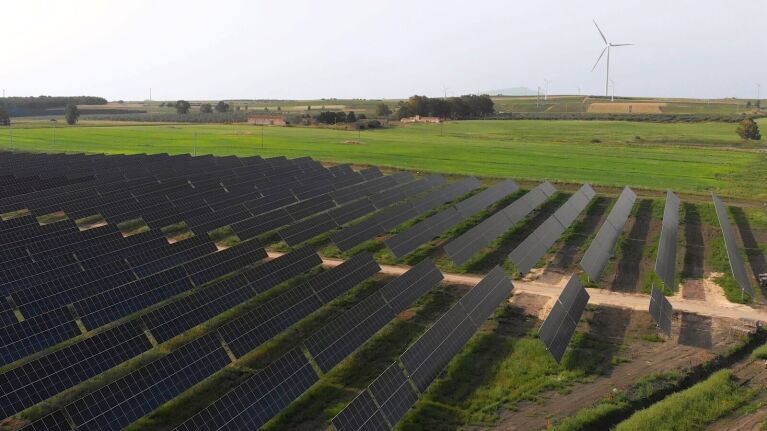
In Mazara del Vallo, Sicily, Amazon has enabled Italy’s largest active agrivoltaic park, developed by ENGIE, procuring 40 MW of solar energy. Native plants—such as almond, olive, and lavender trees—as well as aromatic and medicinal crops—are being grown between the bifacial solar panels. These state-of-the-art double-sided solar panels capture both direct and reflected light from the surrounding fields, enabling more energy generation.
This project, which sits on 115 hectares (nearly 37 acres), will help preserve the rural landscape and biodiversity, while also bringing jobs to local farmers involved in the cultivation.
Trending news and stories
- Alexa+ can now answer your Ring doorbell and talk to visitors
- ‘Beast Games’ Season 2 is coming to Prime Video—See the new trailer
- How Amazon Pharmacy has helped customers save more than $100 million on prescription medications like GLP-1s and insulin
- Amazon unveils redesigned Kindle Scribe lineup with first-ever color Scribe







